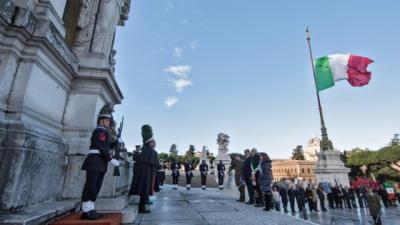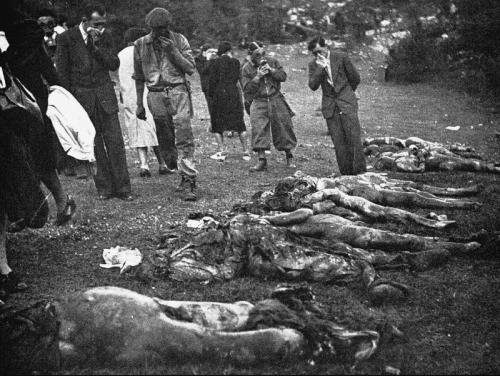Italy marks WW2 'Foibe' massacres

ROME -- Italy politicians and local communities alike have paid tribute to the tens of thousands of Italians killed during an ethnic cleansing perpetrated by Yugoslav Partisans towards the end of the Second World War, marking Italy's Feb. 10 Remembrance Day commemorations.
President of the Republic Sergio Mattarella, currently on a visit to the US, honoured the dead in a statement reflecting on the legacy of the episode in Italian history, more widely known as the Foibe massacres. In the statement he expressed hope that "history and shared memory will be able to encourage us to look to the future and to wipe ethnic cleansing and racial hatred from our childrens' futures."
"Remembrance Day, through reminding us of the tragedies and the suffering undergone by Italians in the province of Trieste, in Istria, at Fiume and the Dalmation coasts, is an opportunity to give life to a shared history, to strengthen the conscience of our people, to contribute to the construction of a European identity that is aware of the tragedies of the past," he wrote.
The Foibe massacres took place mainly in Julian Venezia, Istria and Dalmatia in the western Adriatic between 1943 and 1947, during the Nazi occupation of the region. Following centuries of gradual attempts at cultural homogenisation from the local Italian, Croatian and Slovenian communities, the growth of Italian fascism in the early 1900's led to a wave of nationalistic violence directed at the minority Slovene and Croat populations.
In 1941, after Italy's annexation of north-western parts of Croatia and Slovenia, a Yugoslav resistance movement gained support under the authoritarian leadership of Josip Tito, who would later become the first President of Yugoslavia. When an armistice was reached two years later the partisan group took over occupation of the Trieste region and effected a brutal crackdown on the Italian population, considered enemies of the future communist Yugoslav state.
It was during this time that the first accounts were recorded of people being thrown into foibe, the geological term for a type of deep karst sinkhole, when around 70 local people were killed by the German occupiers. Over the following years the massacres and summary executions increased, leading to the death of what has been estimated to be up to 20,000 Italians.
In 2004 the episode was officially recognised as a genocide under former Italian prime minister Silvio Berlusconi's passing of law 94, which also led to the creation of the annual Day of Remembrance on Feb. 10.
This year commemorations took place in towns throughout the country, a particular tribute paid by the town of Belluno in the Veneto region where a monument has been erected in the station square in memory of those from the region who suffered persecution.
"This is a moment that represents a reconciliation between all Italians," said Giovanni Ghiglianovich, president of the Provincial Council of the National Julian Venezia and Dalmatia Association, referring to conflicting attitudes towards the issue within Italy. "We must remember the past, but put aside that which brings resentment. Forgiveness must be applied individually, looking to the future and building peaceful cohabitation."
ft



